How to Do Well in Maintenance and Inspection for Marine Lighting
The harsh marine environment, characterized by saltwater, humidity, and extreme weather conditions, poses significant challenges to maintaining and inspecting lighting systems. Regular maintenance and inspection of marine lighting are essential to ensure reliable performance, prevent failures, and comply with international maritime regulations.
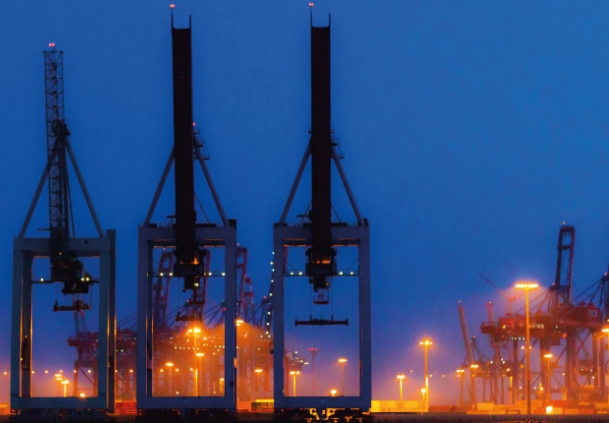
The Importance of Marine Lighting
Here’s a chart outlining the multifaceted importance of marine lighting in ensuring safe and effective vessel operations.
| Aspect | Description |
| Safety | – Ensures visibility of vessels during night or low visibility conditions. – Prevents accidents by making the vessel’s position, direction, and movement clear to others. |
| Navigation | – Helps in determining the vessel’s position and course. – Essential for safe maneuvering and avoiding collisions, particularly in crowded or challenging waters. |
| Compliance | – Required by international maritime regulations, such as those set by the IMO. – Ensures that vessels meet legal standards for visibility and signaling. |
| Operational Efficiency | – Enhances visibility for onboard tasks, improving crew efficiency and safety during nighttime operations. – Critical for safe docking, mooring, and cargo handling. |
| Emergency Preparedness | – Provides essential illumination during emergencies, such as power outages or onboard incidents. – Helps guide rescue operations and ensures safe evacuation procedures. |
| Communication | – Acts as a signaling method to communicate with other vessels and port authorities. – Conveys vessel status, such as being anchored, under way, or in distress. |
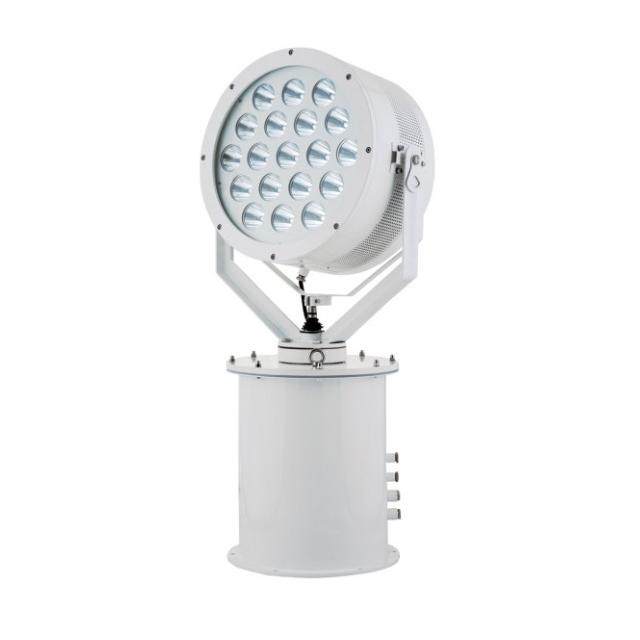
Key Maintenance Practices for Marine Lighting Systems
1. Regular Cleaning
- Salt and Contaminant Removal: Marine environments expose lighting fixtures to salt spray, dirt, and other contaminants that can accumulate on lenses and fixtures, reducing light output. Regular cleaning with fresh water and marine-safe cleaning agents helps maintain the clarity and effectiveness of the lights.
- Lens Maintenance: Clean lenses and reflective surfaces frequently to ensure maximum light transmission and prevent dimming caused by buildup. Avoid using abrasive materials that could scratch or damage the lenses.
2. Corrosion Prevention
- Anti-Corrosion Coatings: The harsh marine environment accelerates corrosion, particularly on metal components. Apply anti-corrosion coatings or use corrosion-resistant materials like stainless steel or marine-grade aluminum for lighting fixtures and mounting hardware.
- Regular Inspections for Corrosion: Inspect all lighting components, including fixtures, brackets, and mounting hardware, for signs of rust, pitting, or corrosion. Address any issues immediately by cleaning, treating, and recoating affected areas.
3. Electrical Connection Maintenance
- Secure and Waterproof Connections: Electrical connections are vulnerable to moisture ingress and corrosion, which can lead to failures. Ensure that all wiring, terminals, and connectors are secure and protected with marine-grade waterproofing materials.
- Routine Inspection: Regularly inspect electrical connections for signs of wear, corrosion, or looseness. Replace any damaged connectors or wires and ensure that connections are properly sealed to prevent water penetration.
4. Bulb and Fixture Replacement
- Monitor Light Output: Bulbs, especially traditional ones, can degrade over time, leading to reduced brightness or flickering. Regularly check the light output of all fixtures and replace any bulbs that show signs of dimming or failure.
- Spare Parts Inventory: Maintain an inventory of spare bulbs, LEDs, and critical components on board to ensure that replacements can be made promptly, especially for essential lights such as navigation and emergency lights.
- Fixture Longevity: Inspect the condition of light fixtures for any signs of wear, cracks, or damage that could compromise their functionality. Replace fixtures as needed, especially those exposed to direct sunlight or harsh conditions.
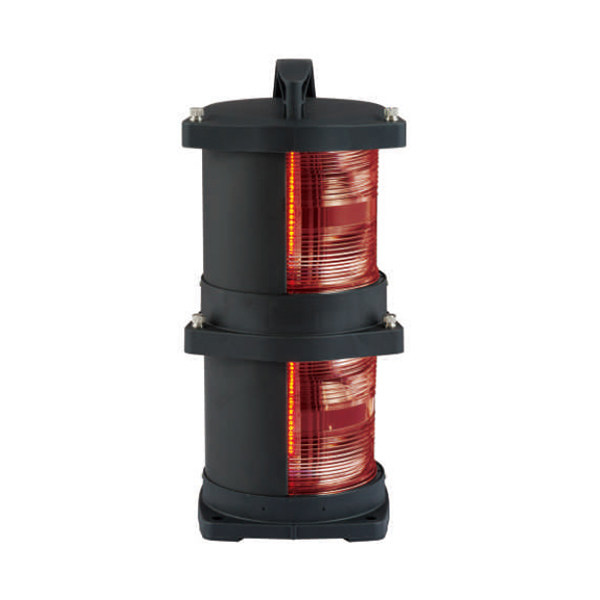
2. Battery Maintenance
- Check Battery Levels: For battery-operated lights, such as emergency and backup lighting, regularly check the battery charge levels to ensure they are fully operational. Test battery performance under load conditions to verify reliability.
- Inspect for Corrosion: Inspect battery terminals for signs of corrosion, which can affect performance. Clean terminals as needed and apply a protective coating to prevent further corrosion.
- Regular Replacement: Follow the manufacturer’s guidelines for battery replacement intervals. Old or depleted batteries should be replaced promptly to ensure that lighting systems remain operational in emergencies.
3. Sealing and Waterproofing
- Inspect Seals and Gaskets: Ensure that all lighting fixtures are properly sealed to prevent moisture ingress. Regularly inspect seals, gaskets, and O-rings for signs of wear or damage and replace them if necessary.
- Re-sealing Fixtures: If any seals are compromised, re-seal the fixtures using appropriate marine-grade sealing materials to prevent water from entering and damaging the electrical components.
- Submersible Lights: For lights that are designed to be submerged, such as underwater lights, ensure that they are properly sealed and rated for the conditions they will be exposed to. Test the integrity of seals regularly.
4. Routine Testing and Calibration
- Functional Testing: Regularly test all lighting systems, including navigation, deck, and emergency lights, to ensure they are operating correctly. Functional tests should be conducted in both daylight and low-light conditions to verify effectiveness.
- Calibration of Sensors and Controls: For lighting systems that include automatic sensors or control systems, ensure these components are properly calibrated and functioning as intended. This includes ensuring that lights turn on and off automatically as required.
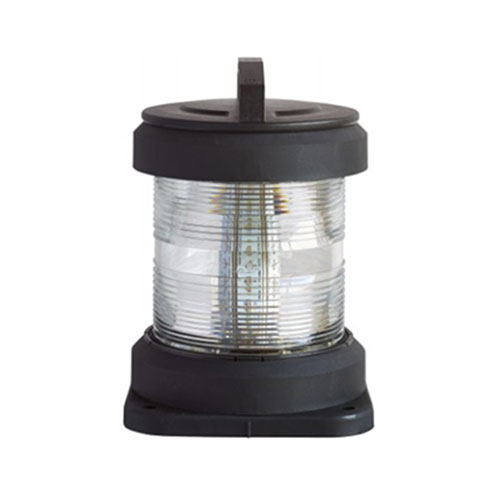
Inspection Procedures for Marine Lighting Systems
Proper inspection can help identify potential issues before they lead to failures, thus preventing safety hazards and costly downtime.
1. Visual Inspection
- Check for Corrosion and Damage: Begin with a thorough visual inspection of all lighting fixtures, brackets, and mounting hardware. Look for signs of corrosion, rust, or pitting, particularly on metal components exposed to saltwater. Inspect for physical damage, such as cracks, dents, or wear on fixtures and lenses.
- Lens and Reflector Clarity: Inspect the lenses and reflectors to ensure they are clear and free of dirt, salt buildup, or other contaminants. Clean them if necessary to maintain optimal light output.
- Fixture Security: Ensure that all lighting fixtures are securely mounted and that there are no loose or misaligned components. Check that all brackets and screws are tight and in good condition.
2. Operational Testing
- Functionality Check: Test all lights to confirm they are functioning correctly. This includes navigation lights, deck lights, and emergency lights. Turn each light on and off to ensure proper operation, and check for any flickering, dimming, or irregularities in light output.
- Simulate Emergency Conditions: For emergency marine lighting systems, simulate power outages or emergency situations to ensure that these lights activate automatically and provide adequate illumination. Test backup power sources, such as batteries or generators, to confirm they are fully operational.
- Nighttime Testing: Conduct tests during low-light or nighttime conditions to assess the visibility and effectiveness of the lights in real operational scenarios. This is especially important for navigation and safety lights.
3. Insulation Resistance Testing
- Megohmmeter Testing: Use an insulation resistance tester (megohmmeter) to measure the insulation resistance of electrical circuits associated with the marine lighting system. This helps detect any degradation in the insulation that could lead to electrical shorts or failures.
- Evaluate Readings: Compare the readings against the manufacturer’s specifications or baseline values. Low insulation resistance may indicate moisture ingress or aging insulation that requires attention.
4. Infrared Thermography
- Detect Overheating: Use infrared thermography to inspect electrical connections, wiring, and fixtures for hotspots that may indicate overheating or excessive electrical load. This non-invasive technique can identify issues such as loose connections, overloading, or failing components before they lead to system failures.
- Analyze Thermal Images: Review thermal images to identify abnormal temperature patterns. Address any hotspots by tightening connections, replacing faulty components, or redistributing electrical loads as necessary.
5. Vibration Analysis
- Check for Vibration Issues: Conduct vibration analysis on lighting fixtures and their mounts, especially on vessels subject to heavy engine vibration or rough seas. Excessive vibration can cause fixtures to loosen, wiring to wear, and bulbs to fail prematurely.
- Secure Loose Components: If any components are found to be loose or vibrating excessively, secure them with appropriate fasteners or vibration-damping materials.
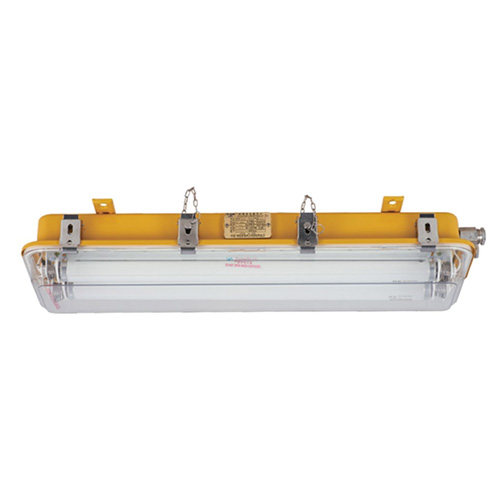
6. Functional Checks for Automatic Systems
- Sensor and Control Testing: If your marine lighting system includes automatic sensors or control systems (such as daylight sensors or motion detectors), test these components regularly. Ensure they are correctly calibrated and functioning as intended. For example, check that lights turn on at the correct light levels or when motion is detected.
- Review Calibration: Verify that sensor settings and control systems are calibrated to match operational needs and environmental conditions. Adjust settings if necessary to improve system performance.
7. Battery and Power Source Inspection
- Battery Condition: For lighting systems that rely on batteries (e.g., emergency lighting), inspect the batteries for proper charge levels, signs of corrosion, and overall condition. Replace any batteries that show signs of wear or are near the end of their service life.
- Backup Power Verification: Test backup power systems, such as generators or battery banks, to ensure they are ready to provide power in the event of a primary power failure. Verify that automatic transfer switches function correctly.
8. Documentation and Reporting
- Maintain Records: Keep detailed records of all inspections, including dates, findings, and any corrective actions taken. Documentation is crucial for tracking the condition of the lighting system over time and for ensuring compliance with maritime regulations.
- Report Findings: After each inspection, report any issues or irregularities to the appropriate personnel or authorities. Prioritize repairs or replacements based on the severity of the issues found.
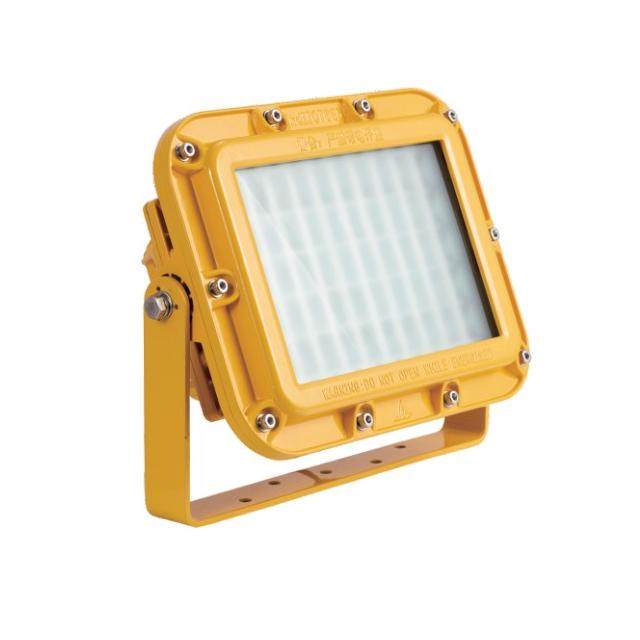
Choosing Quality Marine Lighting with Strict Inspection From YSmarines
YSmarines offers premium marine lighting solutions designed to withstand the harshest maritime conditions. Our extensive range includes navigation lights, deck lights, explosion-proof lighting, marine searchlights, etc, all crafted with durable materials and advanced technology to ensure reliability and safety at sea. Each lighting product undergoes rigorous inspection and testing to ensure it can withstand the demanding conditions of marine environments, enhancing visibility, safety, and operational efficiency for vessels of all sizes. Choose YSmarines for dependable marine lighting that keeps your vessel illuminated and secure in any environment.

